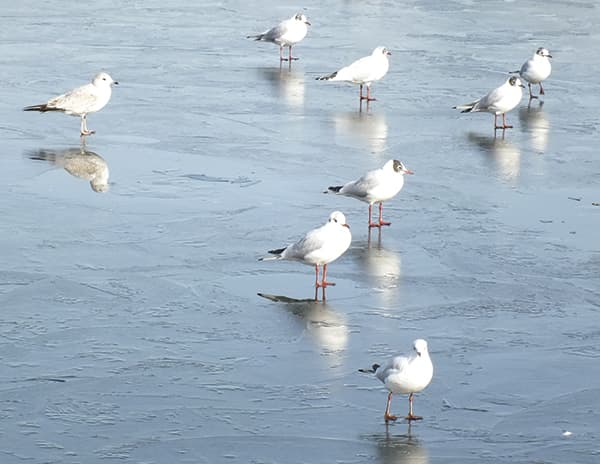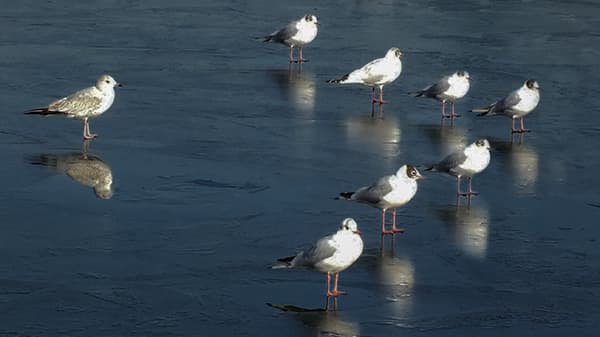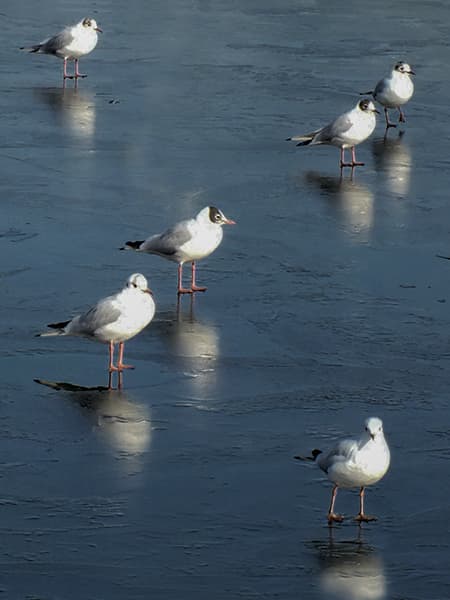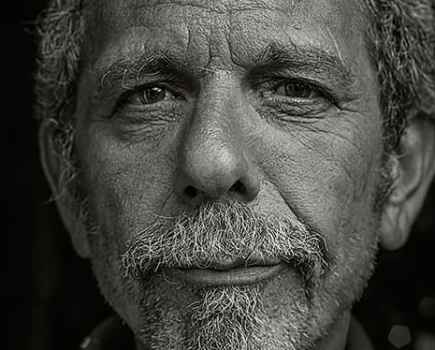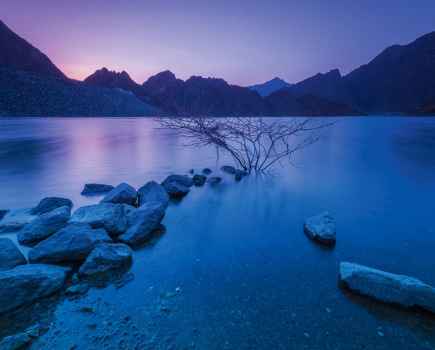Photo: Walking on water
Taken by: Gary Gudgin
Fujifilm FinePix HS25EXR, 24-720mm, 1/450sec at f/8, ISO 400
Every picture needs a reason to exist. That reason is born the moment we notice something we want to take a picture of. If the reason is born at that moment, its parents must be visual spectacle and technical competence. The mother, visual spectacle, is the situation we noticed that made us reach for the camera. The father, technical competence, is the ability to use the tools to hand to record that situation accurately enough so others may enjoy it.
Gary’s picture of gulls is a sickly child. It displays no evidence of either visual spectacle or technical competence – there is nothing remarkable about the scene, and it is poorly recorded.
If you type ‘gulls’ into Google Images you will see some great pictures of these birds. However, in this image they aren’t doing anything interesting, they don’t look remarkable and there is nothing visually stimulating about the situation. Even the light isn’t interesting. The reflections in the water are promising, but not enough to carry the picture.
These birds don’t sit still for long, so if we wanted to make an interesting picture we have to wait until they move into an interesting formation. I’ve rearranged them to demonstrate what might have happened had Gary been more patient – an arrow formation or a cross. Each is moderately more interesting than the birds just in a random pattern.
Technically, Gary has allowed the camera to overexpose the gulls by about 2 stops. The meter looked at all that mud, recognised it as dark matter and opened the exposure to brighten it – but in doing so the white feathers of the birds are dramatically burnt out.
If a scene doesn’t have the capacity to make you say, ‘Oh, look at that!’, then it may be better to keep the lens cap on or wait until the scene changes.

